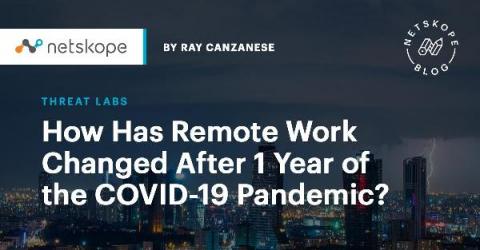6 Cybersecurity Tips for Working from Home
Here at Tripwire, we, like many others, recently surpassed the one-year anniversary of working from home due to the COVID-19 pandemic. Since March of 2020, we have converted kitchens, spare bedrooms and garages into office spaces. Our pets and children have become our coworkers, and companies are reporting a sudden increase in shirt sales as opposed to pant sales.








